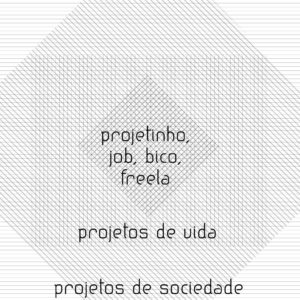Van Amstel, Frederick M.C.; Vassão, Caio A.; Ferraz, Gonçalo B. 2012. Design Livre: Cannibalistic Interaction Design. In: Innovation in Design Education: Proceedings of the Third International Forum of Design as a Process, Turin, Italy.

Abaporu, the most valued Brazilian painting. Tarsila do Amaral (1928).
Abstract
This paper provides a historical account of cannibalism as used to explain how Brazilians integrate foreign cultural influences into their own and introduces a design praxis based on it. From Modernism to Digital Culture, cannibalism is a recurring tactic used to overcome cultural traditions without throwing them out. It proposes the hybridization of old and new forms in festive celebrations. Design Livre is an approach that combines the principles of Free Software with design methodologies, aiming to enable participation in the design process by anyone. Sharing source-code is not considered enough to enable such participation, thus Design Livre goes back to the level of Metadesign – the underlining structures of design process – to subvert formalism and maximize appropriation. An example of a cannibal ecosystem developed by Faber-Ludens is described to instigate questions on intellectual property in design, co-creation, embodied relationships, and culture.

